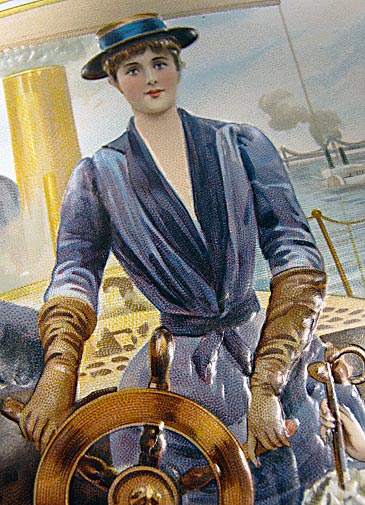 In the 18th century, Alois Senefelder invented the lithography printing technique. In the Greek language, Lithography literally means: writing on stone. The letterpress technique had already been invented in the 15th century, but this technique was very limited in producing drawings and illustrations. Thanks to the stone printing, drawings and illustrations could be reproduced quickly, in larger volumes and at relatively low cost.
In the 18th century, Alois Senefelder invented the lithography printing technique. In the Greek language, Lithography literally means: writing on stone. The letterpress technique had already been invented in the 15th century, but this technique was very limited in producing drawings and illustrations. Thanks to the stone printing, drawings and illustrations could be reproduced quickly, in larger volumes and at relatively low cost.
This German, Alois Senefelder, discovered special limestones that were very suitable to use for the technique, as the stones are porous. It was possible to write on the stones with a greasy ink. When the stone was wetted, all the parts that did not have the greasy ink, kept the water in their pores. When a piece of paper was put on the stone and then pressurized, the greasy ink set-over to the paper.
The stone printing technique developed quickly and the quality of the products grew to high levels. Later, in the 19th century, the cigar market was booming and the producers wanted to identify their product with a nice cigar band and cigar label. Branding was born! Masterpieces were made, often in 10 or even more colors, finished with a nice powder gold and beautiful pronounced embossing. Even well known artists like Toulouse Lautrec used the stone printing technique for his posters.
It is remarkable to see what the people of that time achieved, knowing that they needed to prepare a separate stone for each color. They had to draw their design mirror wise by hand on the stone per color and per stone. While there was no technique to use screens, they had to stipple the areas with less or more dots, by hand, to get a light or a darker area. The lithographer had to think ahead what each color would do with the melting of the other colors. Very often special colors blue or red were used, also a skin color was nearly always printed for the skin parts of people. It is amazing to see how rich the colors still are in the stone printed labels of 100 years ago.